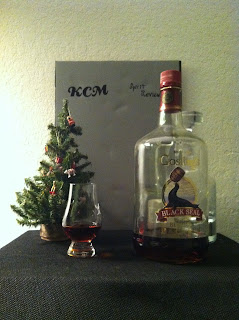Review 127
12/30/12
Terra d’Oro Moscato
We’re back with Terra d’Oro. This is a California wine maker that does a multitude of different wines. The original Terra d’Oro review was their Zinfandel Port, but now we’re moving to another sweet wine. Their Moscato, as part of the Heritage collection, sits along side their Pinot Grigio, Barbera, and Sangiovese wines. What’s next is naturally a quick lesson on moscatos.
Moscato comes from a variety of grape known as Muscat, which is grown around the world and wildly grown for table grapes, wine, and raisons. Moscato is generally a lightly “sparkling” wine, with a naturally sweeter type of style. Muscats are a family of grapes, and Moscato Bianco is a member of that family that is used to produce Moscato.
Terra d’Oro gives us a splendid list of details regarding this wine, so if you are curious about learning more about the winemaking process, there is a place to start. We’re going to tell you about our second wine review. This moscato starts on the nose with a light acidy nose, vanilla, wood, and light grape aromas. There is also pink grapefruit note, anise, slight cream, citrus, and even some strawberry. There is a good balance of fruit and sweetness on the nose, and some minimal spice.
Once you taste this, you’ll be greeted by...sweetness. This isn’t a shock with a Moscato. The arrival starts sweet and short, with raisons, sugar, and grape. The body comes in not much bigger with white grape, cream and custard, raisons, slight acidity, and grapefruits. Finally, there is a simple finish. It remains to be short, but there is a slight wood note, sweet grape, apple, and slight tartness. The finish is clean and fresh, but simple.
In general, this is a simple wine. There is no complexity to this, but it does a good job of simply stating the sweetness of a wine. As we get deeper into the world of wines, we’ll start to tell you more about the differences between wines in different areas. For this one, it’s hard to go wrong with a cheap, simple wine.
Score: 7.5/10















